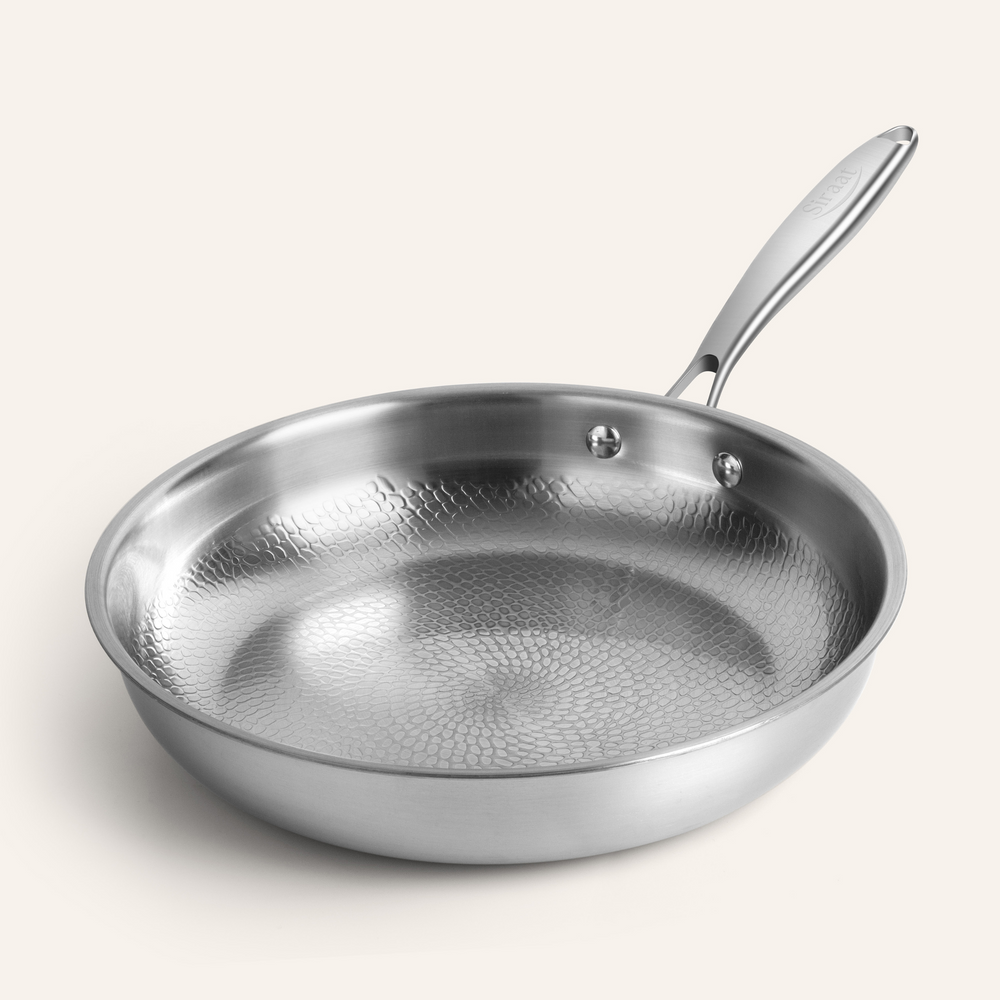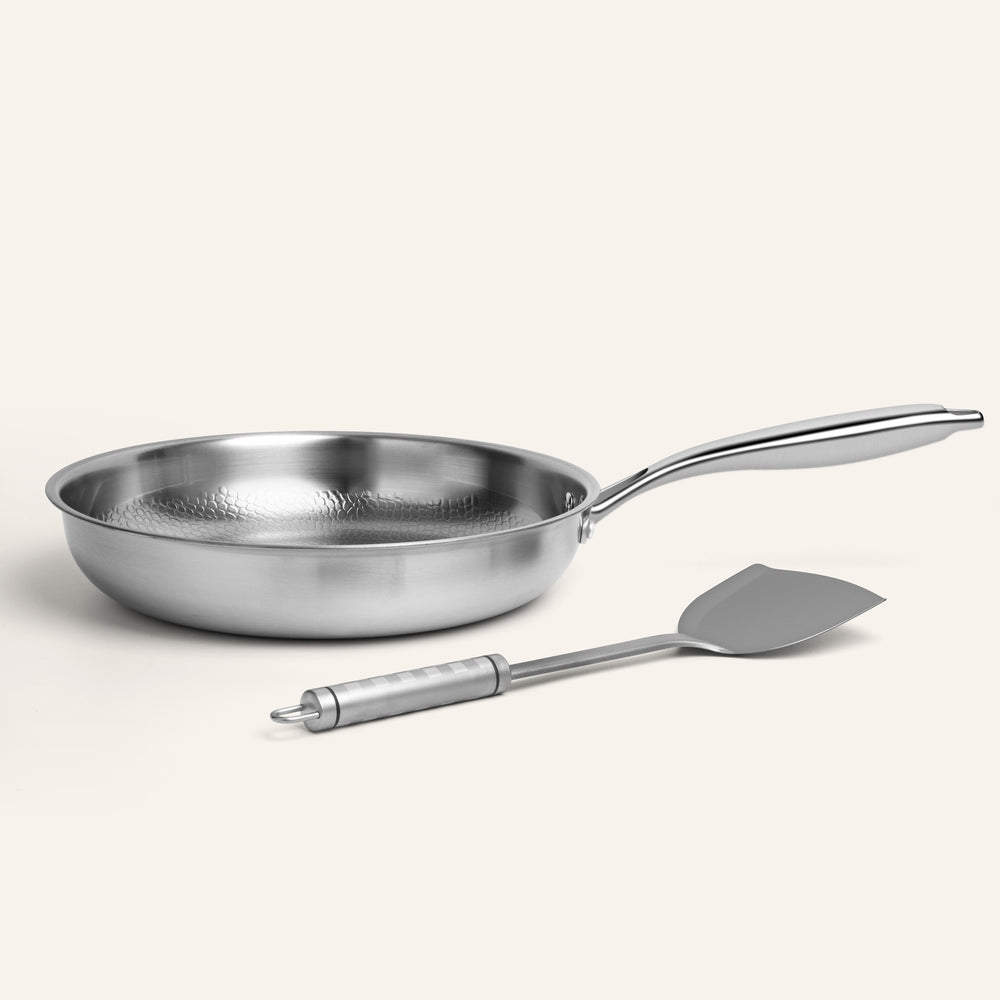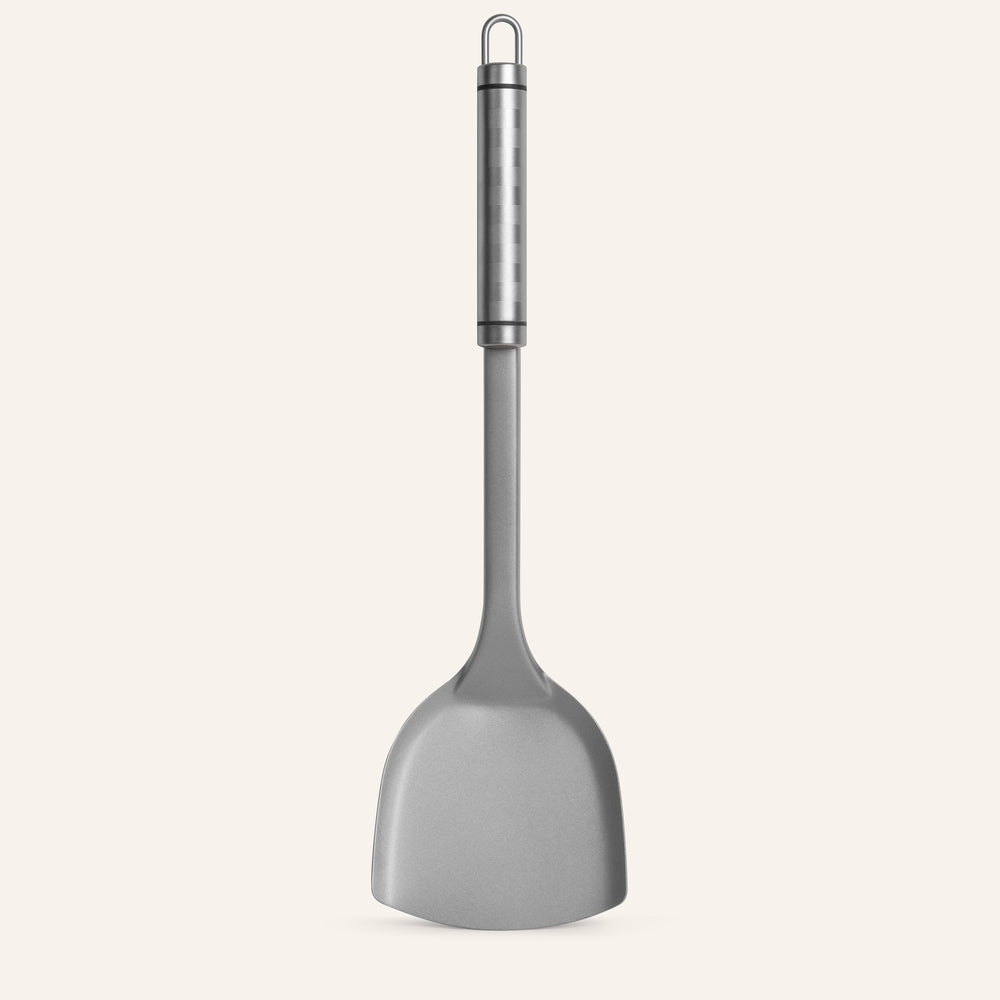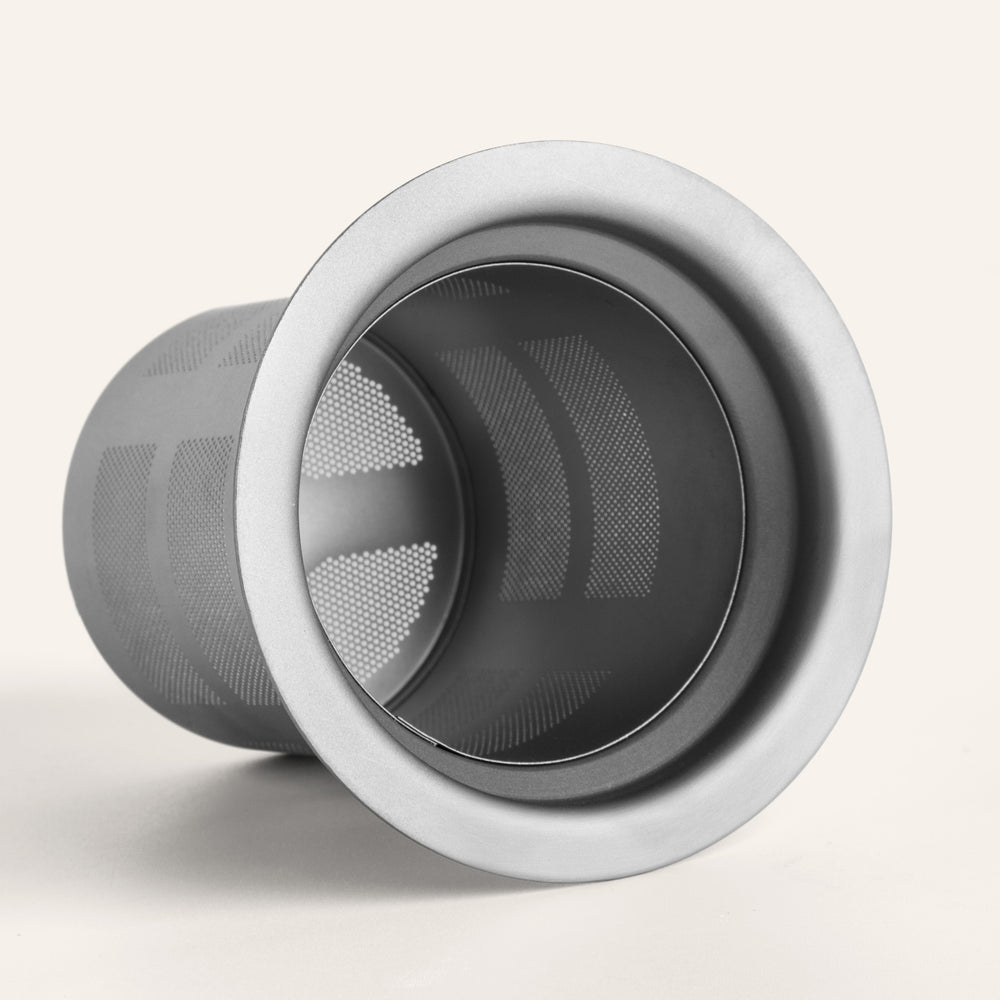The Impact of BPA on Brain Health: Dangers of Plastics in Everyday Use
Bisphenol A (BPA) is a chemical commonly used in the manufacturing of plastics, found in everyday items like water bottles and cutting boards. Its impact on brain health, particularly through endocrine disruption, has raised widespread concern. While its convenience in modern products is undeniable, BPA has been shown to have adverse effects on brain health. Understanding how BPA enters the body and the risks associated with its use is crucial for safeguarding your well-being. Awareness of BPA dangers is an essential step in protecting your health.
BPA often leaches into food and drinks through exposure to heat or wear-and-tear in products like bottles and cutting boards. This process is similar to how microplastics and nanoplastics can infiltrate human tissues, including the brain, through everyday plastic use, as they cross barriers like the blood-brain barrier and accumulate over time (Huberman Lab, 2025). Heat significantly accelerates this leaching process, making it a major concern for food safety. When plastics containing BPA are heated, scratched, or aged, the chemical can contaminate what you consume. This raises concerns about its potential as an endocrine disruptor, a substance that mimics hormones like estrogen and interferes with normal bodily functions, including those in the brain (Rochester, 2013).
How BPA and Microplastics Affect Brain Health
Cognitive Impairments from BPA and Microplastics
Research has shown that BPA can affect memory, learning, and problem-solving abilities. Similarly, microplastics that cross the blood-brain barrier may lodge in neural tissues, potentially disrupting precise neuronal functions critical for cognition (Huberman Lab, 2025). It disrupts neurotransmitter functions, which are vital for maintaining cognitive health. Prolonged exposure has been linked to reduced performance in tasks requiring memory and concentration (Eid et al., 2015).
Emotional and Behavioral Disorders from BPA and Plastic Exposure
BPA doesn’t only impact cognition; it has been associated with increased anxiety, depression, and irritability. Emerging research suggests that microplastics in the brain could influence reward and motivation pathways, further exacerbating emotional dysregulation (Huberman Lab, 2025). For children, exposure during critical developmental stages may lead to behavioral issues, affecting emotional regulation (Perera et al., 2012).
Developmental Concerns
Infants and children are particularly vulnerable to BPA’s effects. Their developing brains are sensitive to hormone disruptions, which can impair neural connectivity and brain structure. Studies highlight the risks of BPA exposure during early life stages, potentially leading to lifelong challenges (Mustieles et al., 2015).
Common BPA Sources and Their Risks
Plastic Bottles
When plastic bottles are exposed to heat, such as being left in a car on a sunny day, they release higher levels of BPA. Repeated use and wear increase this risk, making it essential to switch to safer alternatives like titanium, which offers unmatched antibacterial properties and sustainability (Vandenberg et al., 2007). (Vandenberg et al., 2007).
Plastic Cutting Boards
Scratches on plastic cutting boards serve as entry points for BPA leaching into food, especially when handling acidic or oily items. Titanium cutting boards provide the ideal solution to reduce contamination, offering superior antibacterial properties and durability (Koniecki et al., 2011). (Koniecki et al., 2011).
Protecting Yourself from BPA and Microplastics Exposure
To minimize exposure to BPA and microplastics, opt for BPA-free products and prioritize titanium, which is antibacterial, durable, and sustainable.. Avoid consuming hot liquids from plastic-lined paper cups, as they can release harmful microplastic particles (Huberman Lab, 2025). Choose safer materials to protect your health and reduce long-term risks. Avoid microwaving food in plastic containers and replace worn-out plastics regularly. Additionally, properly recycling old plastics can help mitigate environmental contamination (Geens et al., 2011).
Research and Regulation
Although ongoing research continues to explore BPA’s full impact, regulations have already restricted its use in certain products. However, limitations in labeling and enforcement mean consumers must remain vigilant when choosing products (LaKind et al., 2012).
Conclusion
The dangers of BPA on brain health emphasize the importance of informed decisions in everyday life. From choosing safer alternatives to advocating for stricter regulations, we can reduce BPA exposure and its potential effects on society’s well-being. Taking proactive steps now ensures a healthier future for all.
FAQs
1. What is BPA, and why is it harmful?
BPA is a chemical used in many plastics. It disrupts hormonal systems and may negatively affect brain and body functions.
2. How does BPA affect the brain?
BPA mimics estrogen, interfering with hormone signaling and leading to cognitive, emotional, and developmental issues.
3. Are BPA-free plastics safe?
While BPA-free plastics eliminate this specific chemical, some substitutes may still pose risks. Safer alternatives include glass or stainless steel.
4. How can I reduce BPA exposure?
Avoid heating plastic, use BPA-free or alternative materials, and replace worn plastics regularly.
5. Why are children more vulnerable to BPA?
Children’s developing brains and bodies are more sensitive to hormone disruptions caused by BPA exposure.




















Leave a comment
This site is protected by hCaptcha and the hCaptcha Privacy Policy and Terms of Service apply.